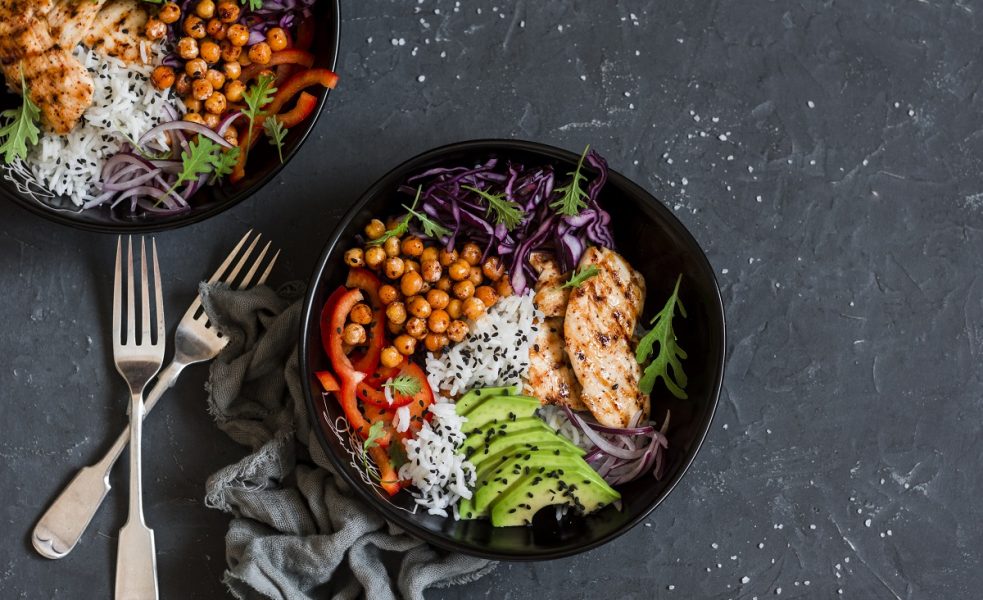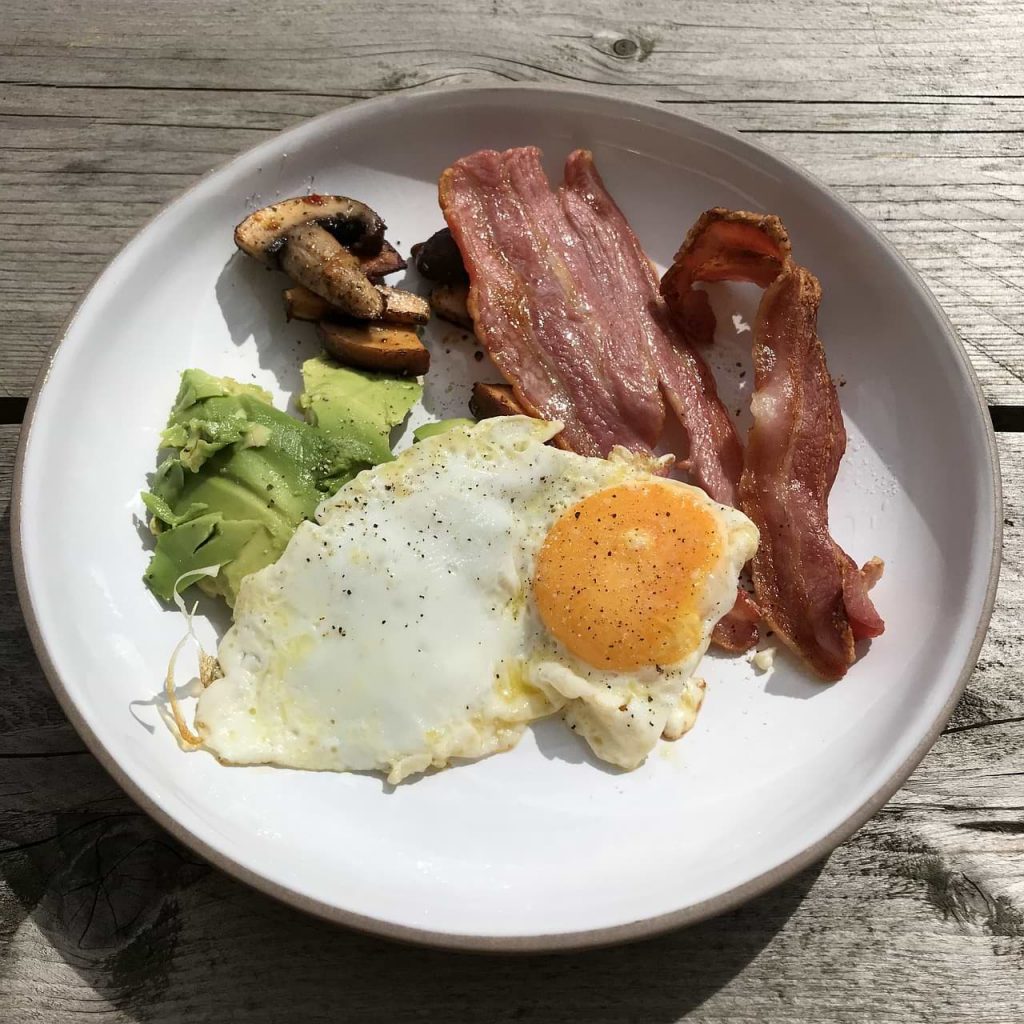“All-natural”, “100% vegan”, “Clean cosmetics”, “Certified Organic”. These are all labels we encounter more or less every time we buy something from the supermarket, from cosmetics and clothes to food and packaging. But what do these words mean, and do they even really ‘mean’ anything?
Healthy living is now more than just a trend; it’s an active lifestyle that rakes in a whopping $1 Trillion in revenue every year, with multiple income streams across all sectors of society and involving people from all over the world. But because it’s now a major industry, many businesses are claiming to be part of the healthy living movement by slapping on stickers and labels that may or may not actually be accurate nor reflective of just how ‘healthy’ their product is. In fact, there are healthier Vegan junk food options that aren’t even labeled or marketed as ‘healthy’.
And there’s a reason for that: while most food and beverages must contain pertinent nutritional information (as defined by the INCI, or, International Nomenclature of Cosmetic Ingredients, like whether it’s kosher, halal, contains allergens, etc.), there aren’t a lot of legal definitions for what makes a product ‘natural’, ‘organic’, or ‘vegan’. Because of this lack of clarity, a legal requirement is difficult, if not impossible, which means unscrupulous companies can call their products ‘natural’ or ‘clean’ or ‘organic’ without actually having a product that fits those terms.
So how do you know if a product is legitimately healthy? Here are some things you should know about the terms ‘natural’, ‘clean’, ‘organic’, and ‘vegan’.
Natural Products
One of the most commonly used labels, especially in food, ‘natural’ products are actually defined by the USDA, albeit loosely and vague enough for some manufacturers to skirt around. For the USDA, natural products must not contain artificial ingredients and be processed as minimally as possible.
Of course, one can argue that synthetic ingredients (like monosodium glutamate, food coloring, and high-fructose corn syrup) can all be derived from natural ingredients, which means that their product can still be considered ‘natural’ under USDA guidelines. Some manufacturers even go so far as to use all synthetic ingredients for their product but use very minimal processing in order to still use the ‘all-natural’ label.
This isn’t to say that all products labeled ‘natural’ are a scam: you just have to know what to look for. When choosing a natural product, always make sure that the label contains ingredients that you’re aware of.
Usually, manufacturers list down ingredients using their Latin or scientific names, and in order of their percentage, with ingredients having the most percentage at the top. Go through the list and make note of ingredients you’re not familiar with: sometimes, while monosodium glutamate gets a very bad rap for being synthetic, it’s actually been proven to be not only safe, but also not something that should cause any adverse effects (despite anecdotal evidence stating otherwise).
As a rule of thumb, when reading the ingredients list of a product listed as ‘natural’, it should look like a recipe that you can personally make yourself. Look up scientific names and if it’s not something you can easily find in your kitchen, then it’s probably synthetic.
Organic
You’ve probably seen ‘organic’ labels on food in some of the more upscale supermarkets out there, and you’re probably wondering why an organic bag of bean sprouts cost X more than a regular one. In fact, you may be wondering if the whole ‘organic’ thing is a scam. The good news? It’s not: organic foods are actually a regulated product in the country, with the USDA laying down a very strict set of rules and regulations that govern whether or not a product can be considered organic.
Because of this, labeling a product ‘organic’ requires certification from the USDA and is one of the most heavily regulated food systems in the country to date. It’s not just the ingredients: manufacturers and producers are also inspected to ensure that their manufacturing methods are in line with USDA regulations. According to the USDA, organic products must be produced using methods that “integrate cultural, biological, and mechanical practices that foster cycling of resources, promote ecological balance, and conserve biodiversity. Synthetic fertilizers, sewage sludge, irradiation, and genetic engineering may not be used.”
For a product to be organic, it must contain no less than 95% organic ingredients (each of which must have been processed using USDA-approved methods), while the “Made with Organic Ingredients” should have no less than 70% of organic ingredients.
‘100% Organic’ labels are much harder to come by and must fulfill all USDA regulations on organic products. When choosing organic products, always look for the USDA-certification in the label.
Vegan
The impact of Veganism on the healthy living industry has been monumental, but one must remember that while there are USDA regulations on whether a product can be labeled ‘natural’ or organic’, no such regulations exist for vegan products. In lieu of this, the Vegan Society (a quasi-governing body that publishes guidelines on vegan food) does have a say on whether or not a food product is vegan. When choosing vegan products, always look for the Vegan Society’s logo.
What’s the difference between organic and vegan food? Well, organic food is basically any food that has all-natural ingredients, while vegan food only constitutes products that fit into the vegan diet and/or philosophy.
The vegan diet essentially bans all forms of animal products, whether direct or derivative, from consumption. So while a product can be organic, it doesn’t necessarily mean it’s vegan; e.g a fish product can be labeled organic, but fish isn’t vegan, so a vegan label wouldn’t be recommended.
Take note, though, that a product can be organic vegan, meaning that the product passes both USDA regulations on organic food and the Vegan Society’s guidelines on vegan food.
Clean Food
Usually used in cosmetic products, the ‘clean’ label is now being used on various types of food products to denote that it fits into the ‘Clean Eating’ diet program, a type of diet that espouses the idea that only the healthiest, organic, and natural food products should be consumed.
Unlike the other labels listed on this article, the ‘clean’ label doesn’t actually mean anything: practically anything can be labeled clean because there are no government regulations that govern it, nor is there a unified Clean Diet body that decides on whether or not a food item is clean. Of course, if it’s endorsed by a Clean Diet personality, then there’s a big chance that it fits into the diet program’s philosophy; beyond that, however, the label is practically meaningless.
Fairtrade
A product labeled “Fairtrade” is less about the nutritional aspects of the food and more about how the food was grown, processed, traded, and eventually purchased. The Fairtrade movement espouses the idea that producers and manufacturers must maintain decent working conditions and have highly sustainable practices in order to make their products ethical.
An item labeled “Fairtrade” means that the product itself has passed the Fairtrade Organization’s guidelines that are set to ensure that producers from third-world countries (which constitutes a vast majority of the processing and manufacturing industry) are paid a fair price and are kept as far away from exploitation as possible.
Although there isn’t a specific government body that regulates Fairtrade, NGO’s like the Fairtrade Movement is recognized globally, so having a food product labeled “Fairtrade Certified” should go a long way to helping you know that what your buying is morally and ethically produced and traded.



